Table of Contents
It happens in an instant. The text that doesn’t come. The job offer that never arrives. The slow fade of someone you thought might love you back.
And suddenly, you’re doubled over—not literally, but it feels like it. Your chest aches, your stomach churns, your whole body seems to protest as if you’ve been wounded.
You tell yourself, It’s just in my head. But your brain doesn’t agree. To your nervous system, rejection isn’t “just a feeling.” It’s pain. Real, biological pain—and understanding the psychology of rejection is the first step to healing.
The Psychology of Rejection: Why It Hurts So Much
When researchers put people into MRI scanners and had them relive moments of romantic rejection, the results were startling.
The same regions of the brain that flare up during physical injury—the dorsal anterior cingulate cortex and the anterior insula—lit up like warning lights.
This isn’t poetic exaggeration; it’s neuroscience. Evolution wired us this way.
In early human history, social bonds were as vital as food or water. To be excluded from the group wasn’t just sad—it was life-threatening. Our ancestors who felt the sting of rejection most acutely were more likely to mend relationships and survive.
That wiring remains in us today, which is why even a modern breakup or ghosting can feel catastrophic.
If you’ve ever thought, “This is killing me,” know that your brain agrees in its own way.

Why Breakups Hurt So Much (Science of Heartbreak & Healing)
Let’s examine breakups in: Biology of love & loss, Attachment styles, Rejection psychology, Closure, Rumination, Grief
Tap here to read more →Why You Can’t Just “Get Over It”
Perhaps the cruelest part of rejection is how the mind won’t let go.
Long after the event, your thoughts circle back: Why did this happen? Was it me? Could I have done something differently?
This mental loop isn’t weakness—it’s your default mode network at work. This brain system, designed to analyze social failures, keeps replaying the loss to prevent it from happening again.
Unfortunately, in a modern context, this protective mechanism often just keeps us in pain.
But there’s hope. The same prefrontal regions of the brain that help us tolerate physical pain can also calm the storm of social pain. With intentional practices, you can engage this part of your brain to soothe yourself and break the cycle of rumination.

How to Heal After Rejection
Healing from rejection isn’t about silencing your feelings; it’s about tending to them.
Just as you would care for a physical wound, you can practice “emotional first aid”:
- Seek connection elsewhere. Talking to a trusted friend or family member releases natural opioids in the brain, easing the sting.
- Move your body. Physical activity doesn’t just distract—it engages your prefrontal cortex and calms pain signals.
- Practice self-compassion. Being kind to yourself in moments of pain activates the brain’s self-soothing pathways.
- Use gentle distractions. Watch a comforting show, take a walk, listen to music you love. Small joys give your nervous system a break.
Think of these as bandages for an invisible wound. They don’t erase the pain overnight, but they help you heal without infection—without letting bitterness or despair take hold.

In the end, rejection hurts because it touches something primal in us—the need to belong, to be chosen, to be safe in the arms of others.
But like all wounds, this too can mend. And as it does, it leaves behind not just scar tissue but strength: the quiet knowledge that even when the world turns away, you are still here. Still alive. Still whole.
FAQ
Q1. Why does rejection hurt so much on a physical level?
Rejection activates the same brain regions involved in physical pain, explaining why it feels like a wound.
Q2. Can understanding the psychology of rejection help me heal faster?
Yes, it reduces self-blame and helps you use science-backed coping strategies effectively.
Q3. How long does it take to recover from the pain of rejection?
Recovery varies, but self-compassion and social support can speed emotional healing.
Q4. What are some practical ways to ease the pain of rejection?
Engage in self-care, connect with others, and use mindfulness to soothe emotional pain.
Scientific Sources
-
Naomi I. Eisenberger, Matthew D. Lieberman, Kipling D. Williams (2003): Does rejection hurt? An fMRI study of social exclusion
Key Finding: Social rejection activates the same brain regions as physical pain (dorsal anterior cingulate cortex).
Why Relevant: This shows why rejection feels physically painful and supports the blog’s core argument.
https://www.science.org/doi/10.1126/science.1089134 -
Ethan Kross, Matthew Berman, Walter Mischel, Emily Smith, Tor D. Wager (2011): Social rejection shares somatosensory representations with physical pain
Key Finding: Viewing an ex-partner’s photo activates pain-related brain regions, similar to thermal pain.
Why Relevant: It directly links emotional rejection with physical pain pathways.
https://www.pnas.org/content/108/15/6270 -
Naomi I. Eisenberger (2012): The Neural Bases of Social Pain
Key Finding: Social pain activates the anterior cingulate cortex and anterior insula; prefrontal regions regulate this distress.
Why Relevant: It provides a broad review of social pain mechanisms and coping strategies.
https://pubmed.ncbi.nlm.nih.gov/22473644/
- Rejection as Redirection: The Powerful Science of Cognitive Reframing

- Why We Get Addicted to Rejection (and How to Break Free)
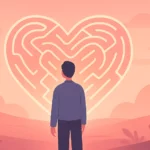
- Self-Worth After Rejection: 5 Powerful Ways to Rebuild and Thrive
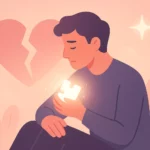
- Why Youre Taking Rejection Personally (and How to Finally Stop Hurting)
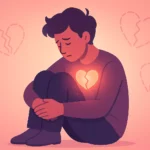
- Modern Dating Rejection: Why Micro-Rejections Hurt More Than You Think
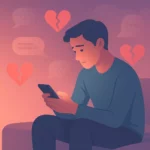
- Rejection Sensitivity in Relationships: Why It Hurts and How to Heal
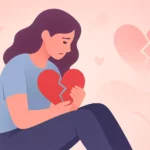
- The Psychology of Rejection: Why Heartbreak Hurts and How to Heal
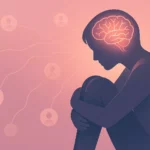
- The Painful Psychology of Rejection: Why It Hurts and How to Heal
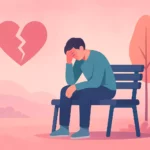
- Attachment Style and Breakups: Discover Yours to Heal Faster
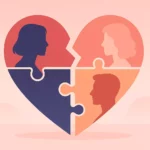
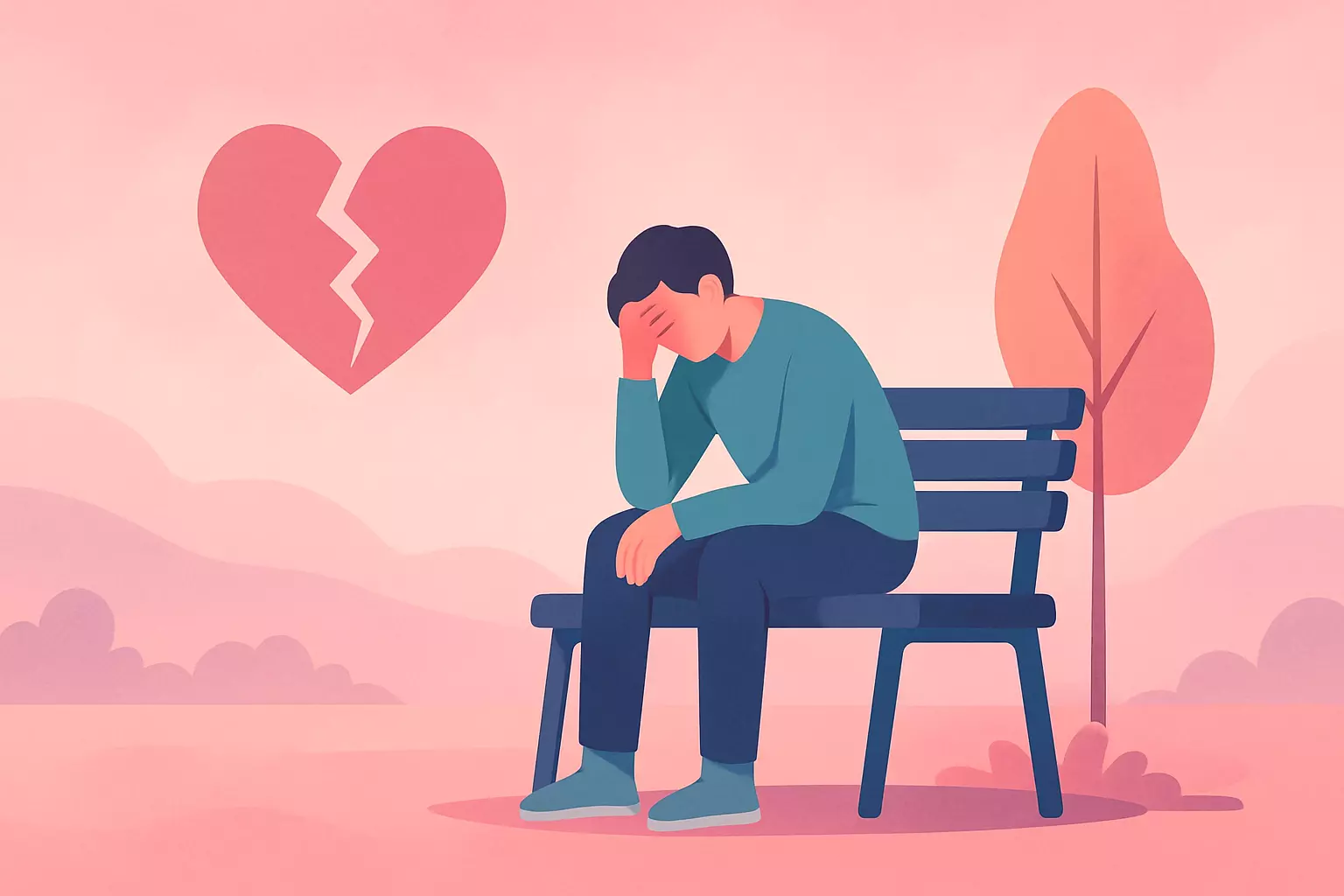
Leave a Reply